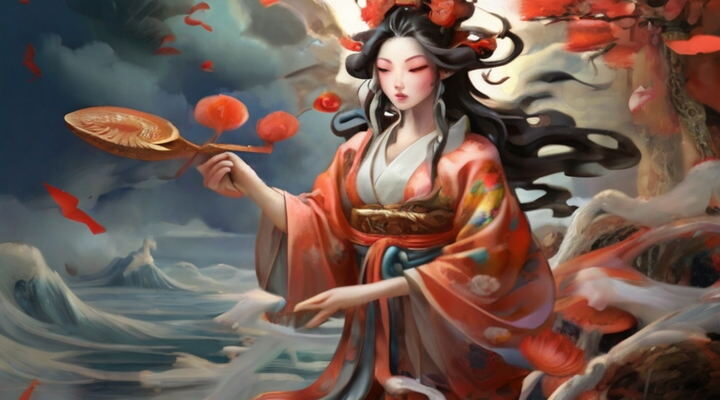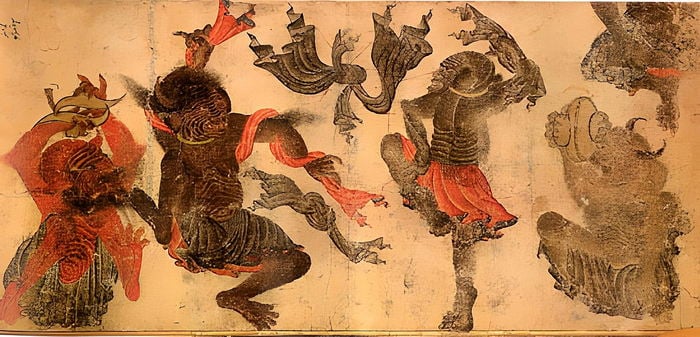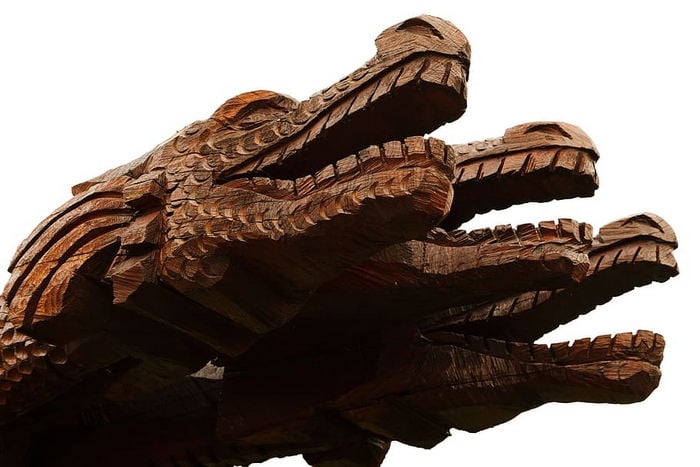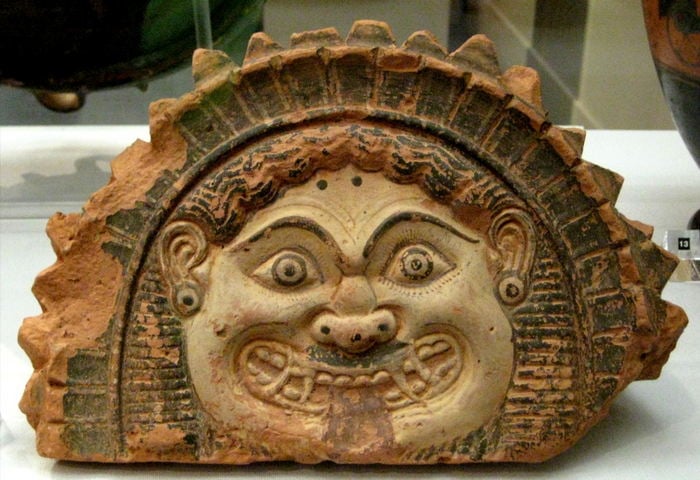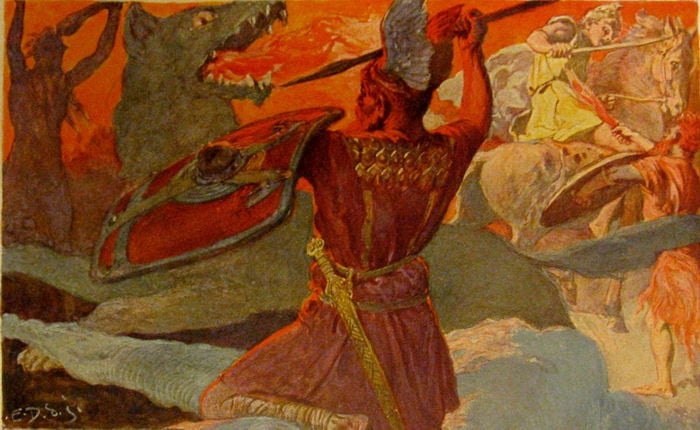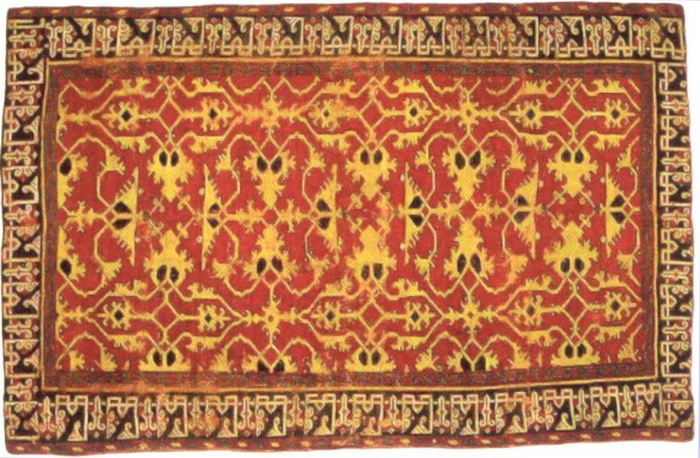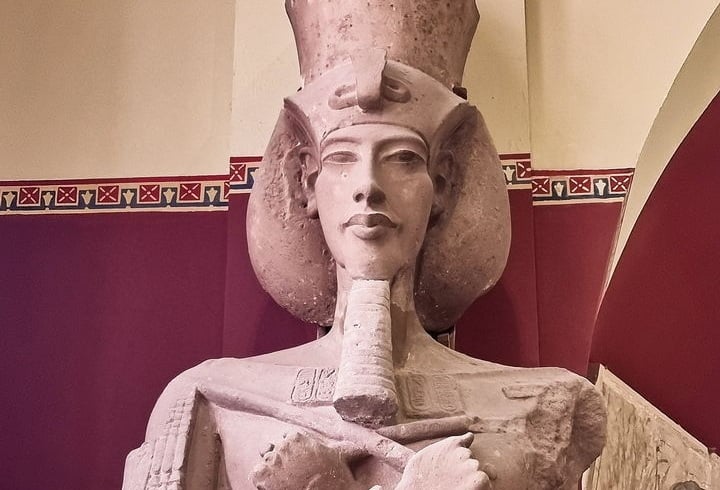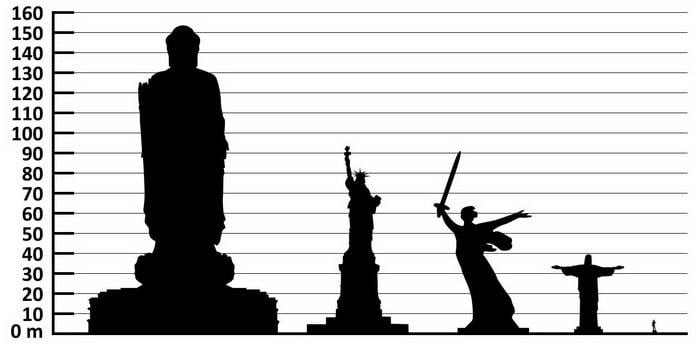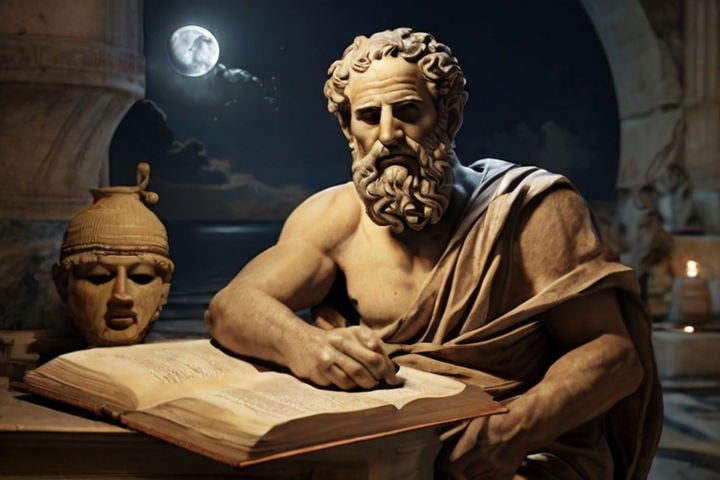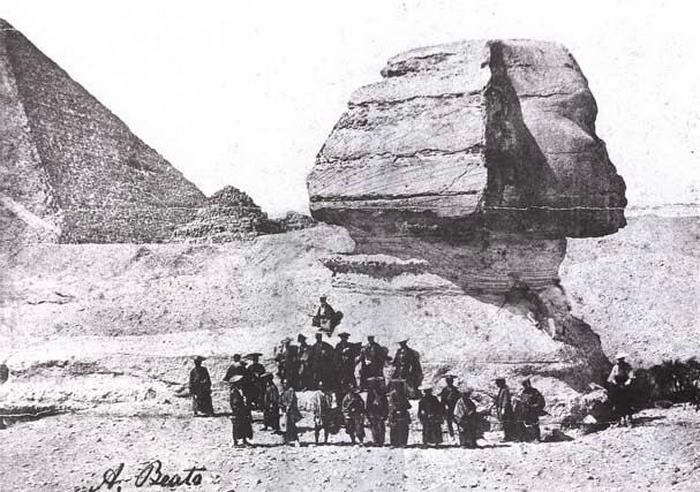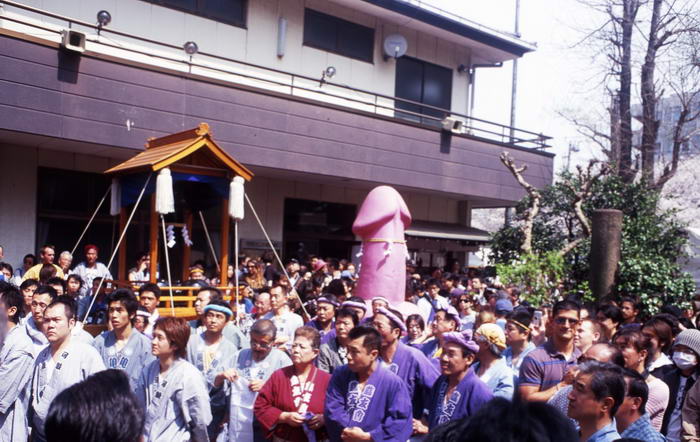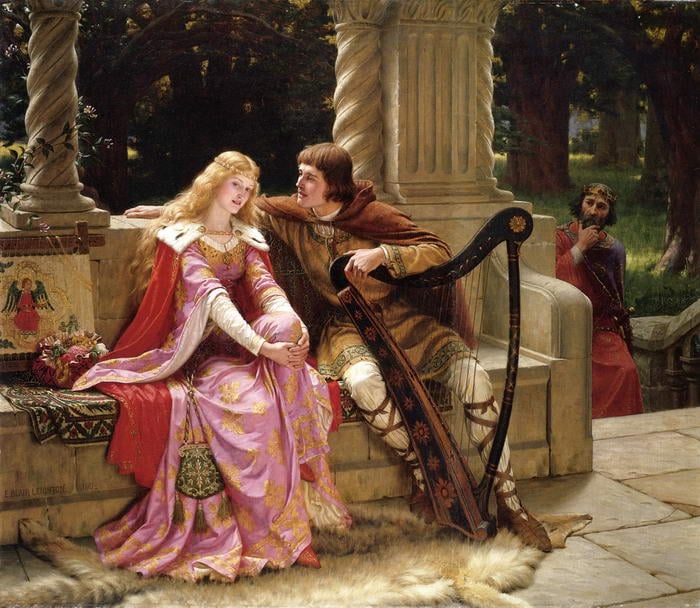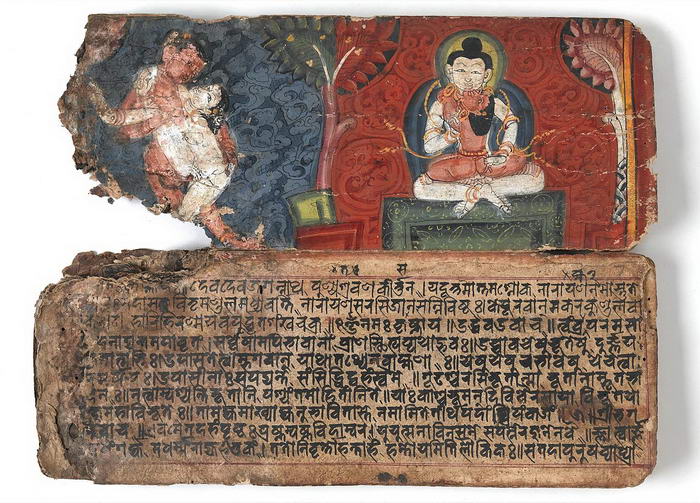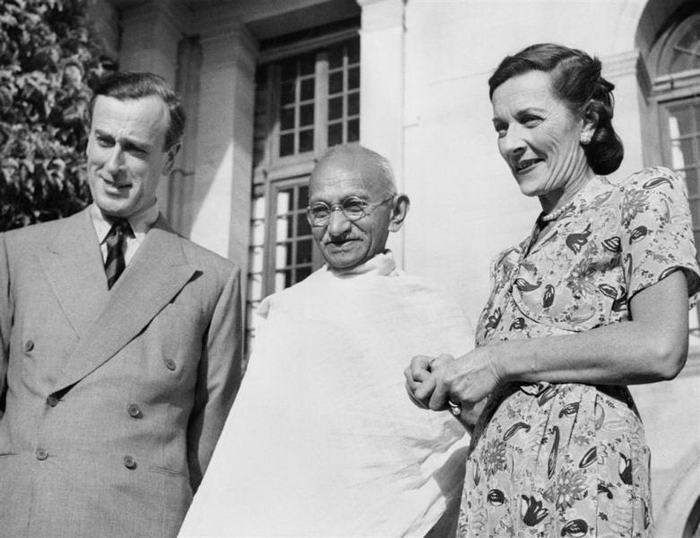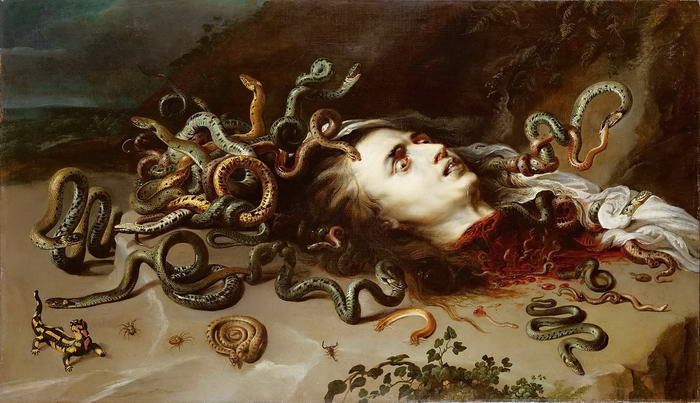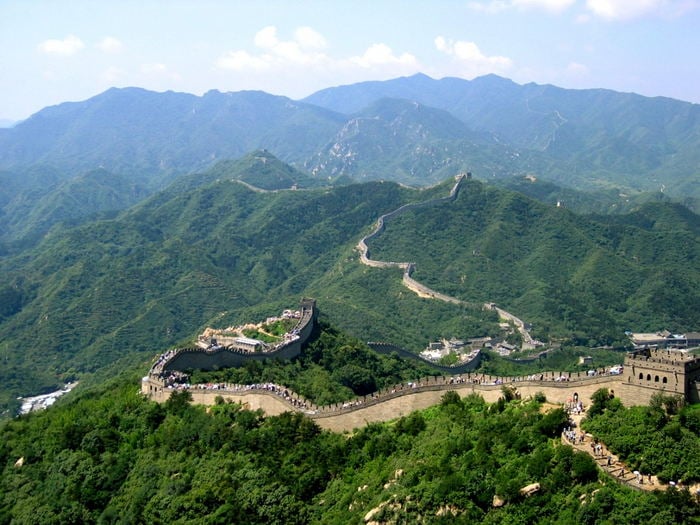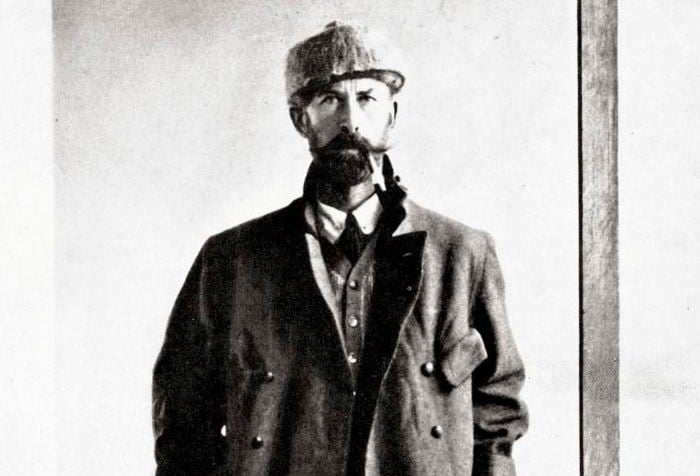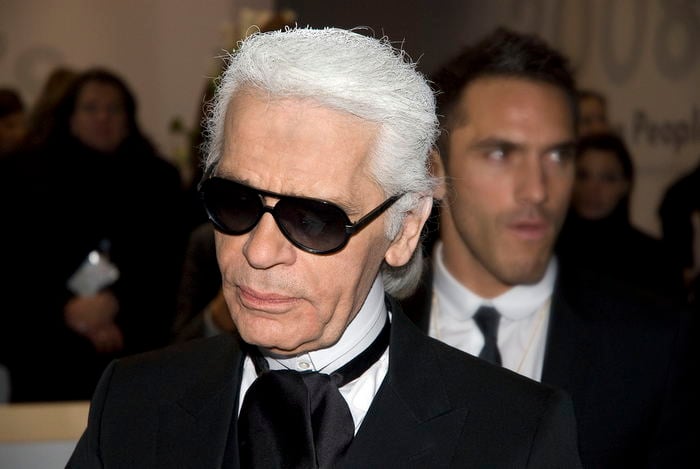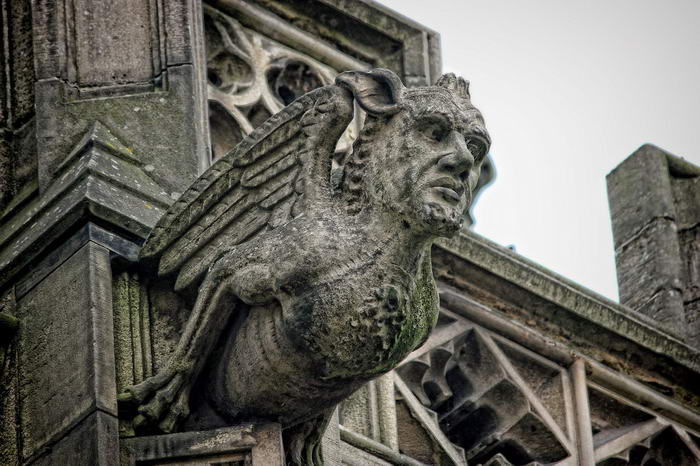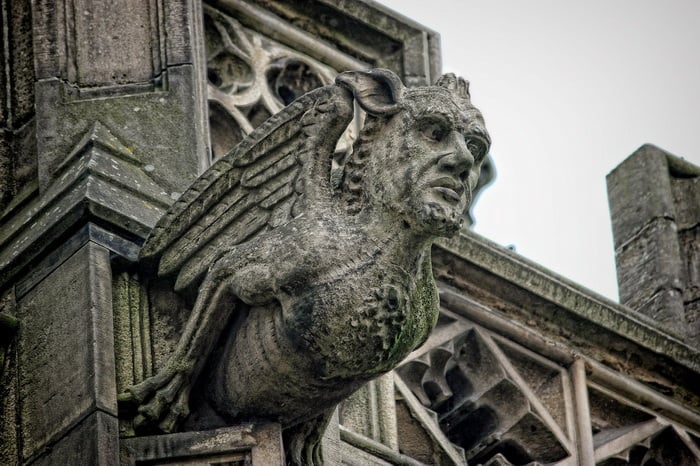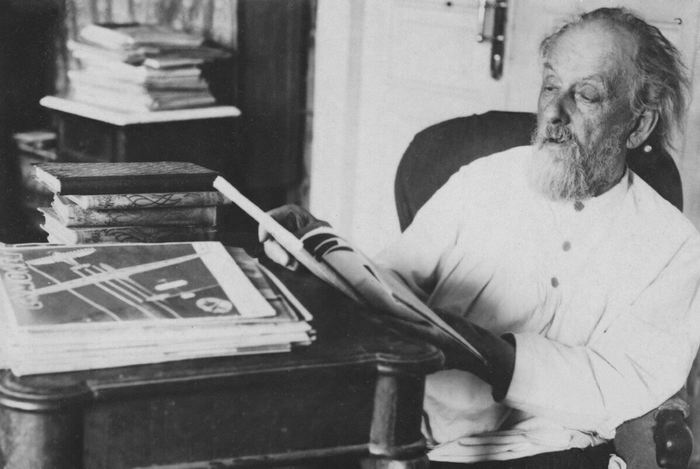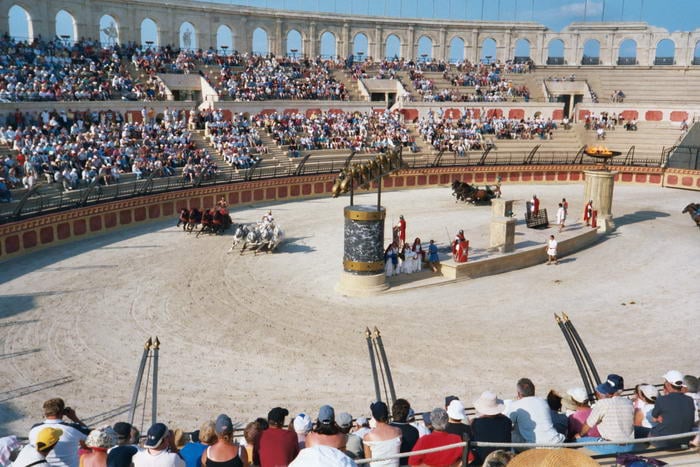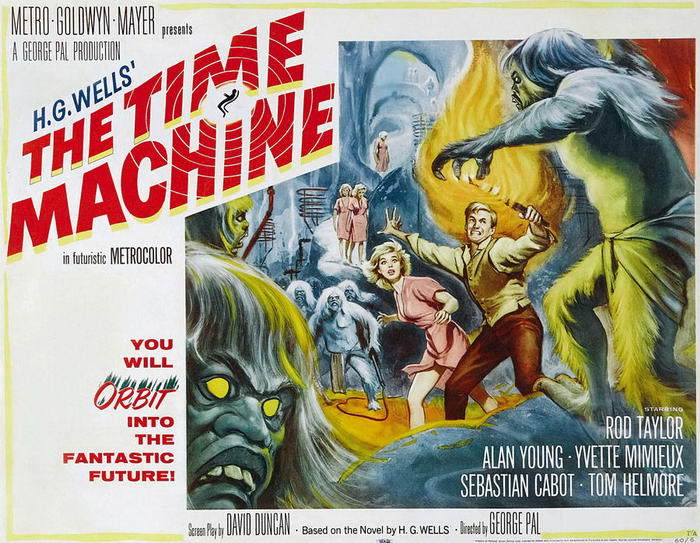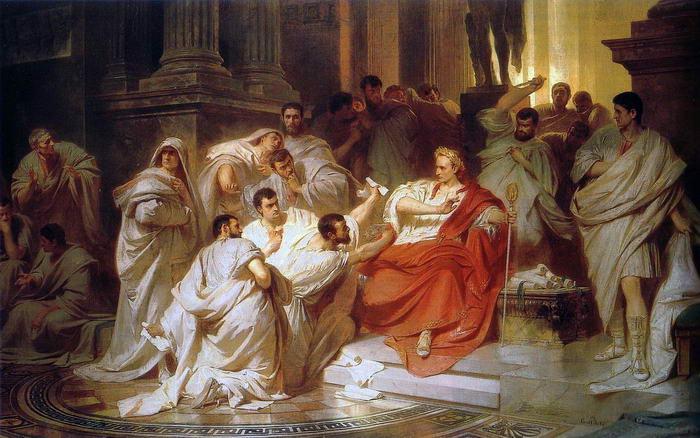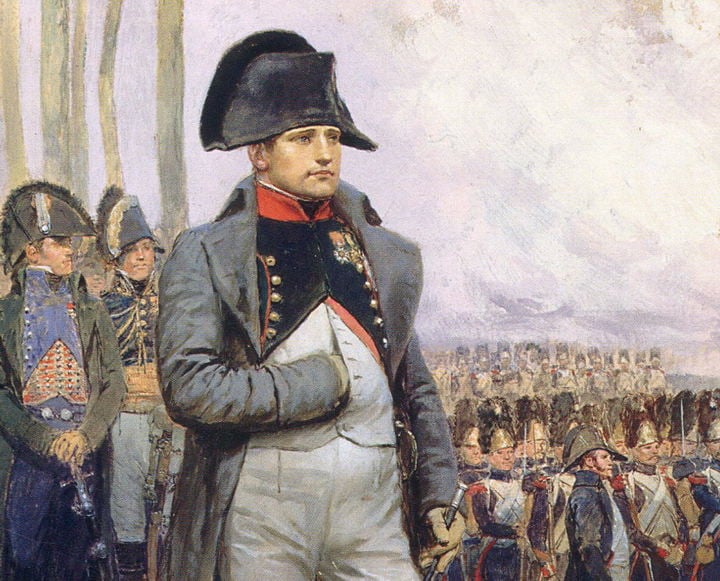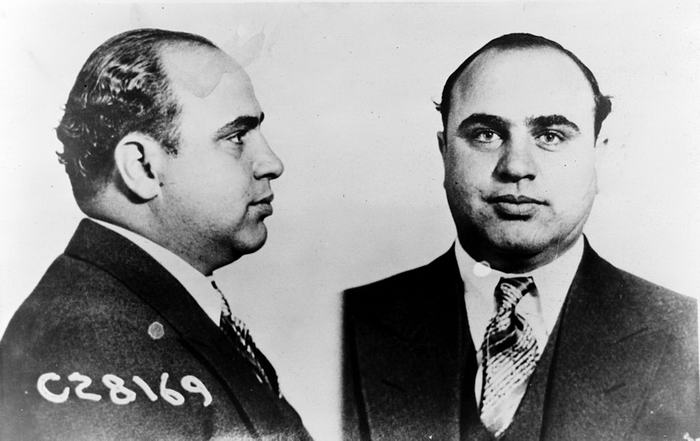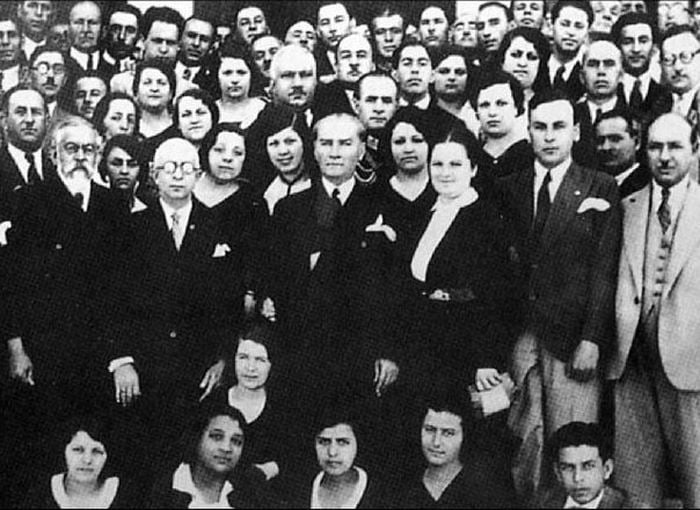Welcome to the mystical world of Japanese mythology. A realm where gods walk among mortals, and legendary heroes embark on epic quests. This vibrant tapestry of tales forms the backbone of Japan’s rich cultural and spiritual heritage, a heritage that has shaped the nation’s identity and continues to fascinate people worldwide. In this exploration, we’ll uncover the stories of the 10 Most Legendary Heroes in Japanese Mythology, diving into their adventures and the timeless lessons they impart.
What’s truly captivating about these mythological figures is their deep connection to the natural world. They’re not distant deities; they’re intimately tied to the landscapes of Japan—its mountains, rivers, and forests. This connection reflects the Japanese reverence for nature, a core aspect of their spirituality and worldview.
Moreover, the influence of these myths extends far beyond ancient texts. They weave into the fabric of modern Japanese society, inspiring everything from the country’s rich manga and anime culture to contemporary literature and film. They’re a testament to the enduring power of storytelling and its ability to bridge the past and present.
As we delve deeper into each hero’s tale, we’ll discover not just stories of mythical feats. But also insights into human nature and the universal quest for meaning and purpose. These legends, passed down through generations, continue to resonate because they speak to the heart of the human experience—the struggles, triumphs, and aspirations that define us.
So, join us as we step into a world where myth and history intertwine, creating a rich mosaic of tales that continue to enchant and inspire. Here, in the land of the rising sun, heroes are born, legends are made, and stories are woven into the very fabric of a nation’s soul. Welcome to the captivating and profound world of Japanese mythology.
10 – Amaterasu: The Sun Goddess
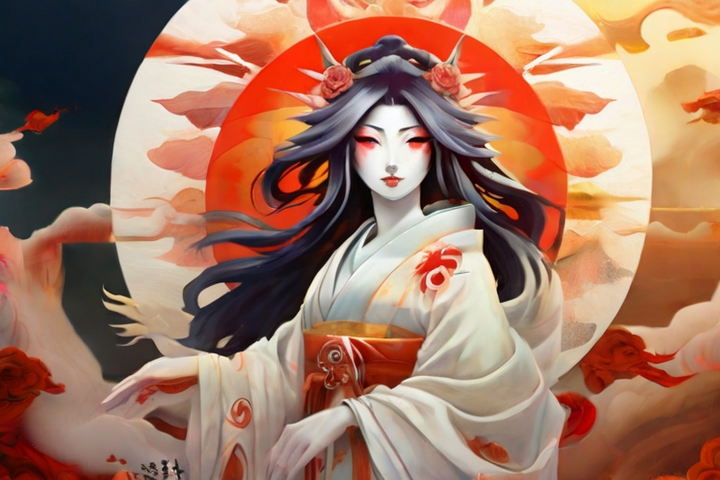
Amaterasu, the revered Sun Goddess, stands as a beacon of power and benevolence in Japanese mythology. She’s not just any deity; Amaterasu is the supreme Shinto goddess, ruling over the sun and the universe. Her brilliance isn’t merely about light; it’s a symbol of life and vitality, essential to agriculture and growth. Her tale is fascinating, particularly her conflict with her brother, Susanoo, which led to her self-imposed isolation in a cave. This act plunged the world into darkness, underscoring her crucial role in the world’s existence. As a figure deeply worshipped, Amaterasu’s influence extends to the Imperial Family of Japan, believed to be her direct descendants. Her presence in Japanese lore represents the harmony and balance vital to Japanese culture.
09 – Susanoo: The Storm God
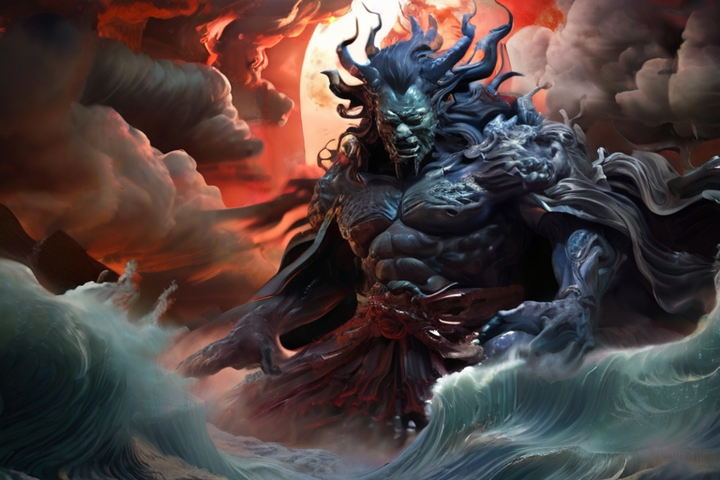
Dive into the saga of Susanoo, the Storm God, a deity whose story is as tempestuous as the elements he commands. Known for his bravery and unpredictable nature, Susanoo’s most famous myth involves his battle against Yamata-no-Orochi, the eight-headed serpent. This legendary encounter, more than just an exhilarating battle, is a tale of triumph over chaos and destruction. Susanoo’s character is complex, oscillating between the role of a hero and a troublemaker. His actions, often drastic, shape the landscapes and destinies in the mythological world. Susanoo, in his might and caprice, embodies the raw power and unpredictability of nature itself, making him a compelling and formidable figure in Japanese lore.
08 – Tsukuyomi: The Moon God
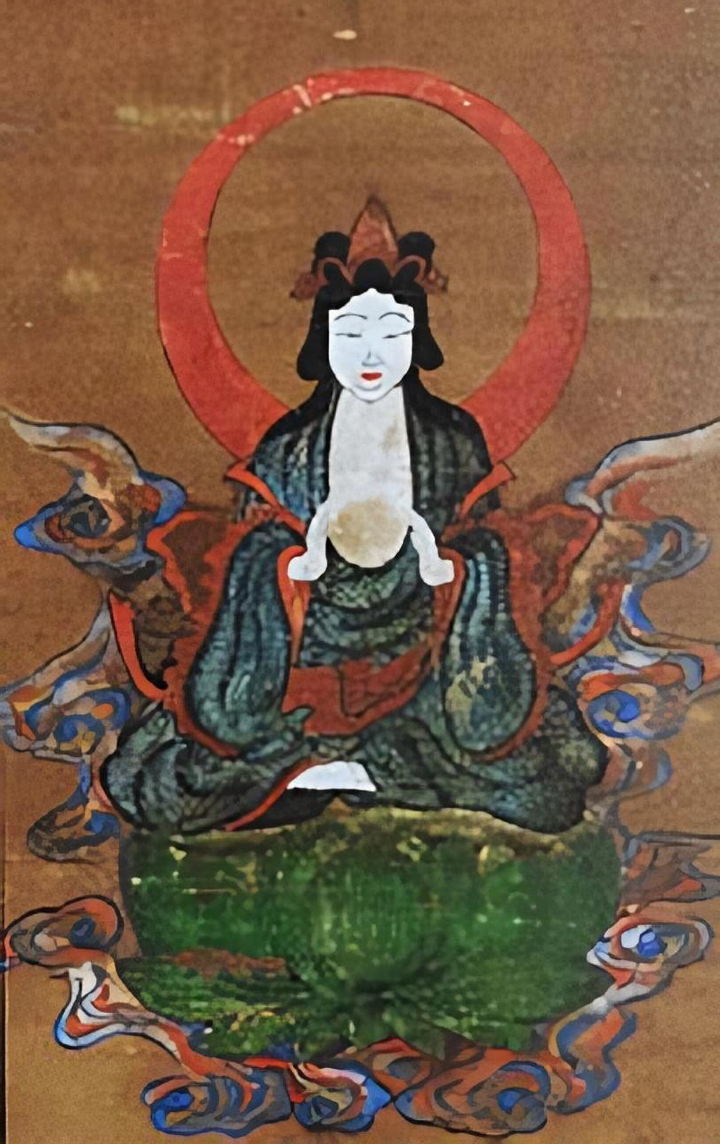
Meet Tsukuyomi, the enigmatic Moon God, a figure cloaked in the allure of the night. Tsukuyomi’s realm is the moon, a celestial body that has captivated human imagination for millennia. In Japanese mythology, he is one of the three noble children of Izanagi, standing alongside his siblings, Amaterasu and Susanoo. Tsukuyomi’s domain over the night sky represents the mystical and the mysterious. His presence in the pantheon brings balance to the brightness of Amaterasu, creating a harmony between day and night, light and dark. Tsukuyomi’s tales, though fewer, are steeped in the rich tapestry of Japanese beliefs, often reflecting themes of time, change, and the cycles of life.
07 – Inari: The God of Fertility and Prosperity
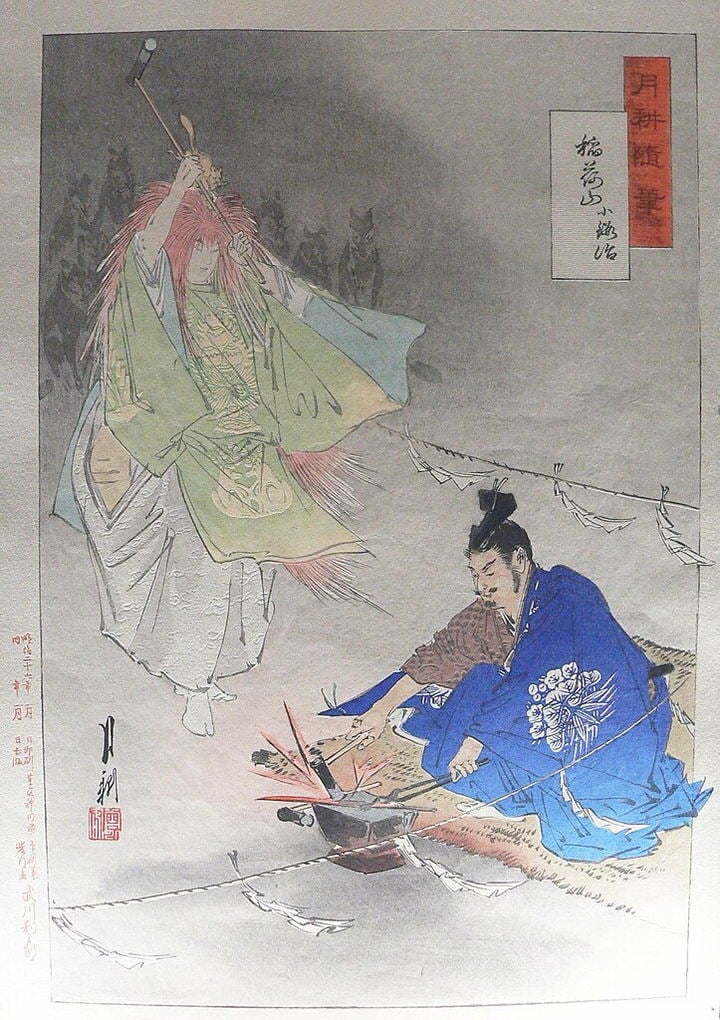
Inari, the God of Fertility and Prosperity, holds a special place in the hearts of many in Japan. Known for his association with foxes, Inari is a multifaceted deity, overseeing agriculture, rice, tea, sake, and general prosperity. His fox-like messengers, known as kitsune, are believed to possess the power to ward off evil spirits. Inari’s shrines, characterized by iconic red torii gates, are scattered across Japan, serving as places of worship and cultural significance. The deity’s role extends beyond mere agricultural fertility; Inari is also regarded as a patron of business, merchants, and manufacturers. This widespread veneration reflects the deep-seated connection between spirituality, nature, and economic well-being in Japanese society.
06 – Yamato Takeru: The Legendary Warrior Hero
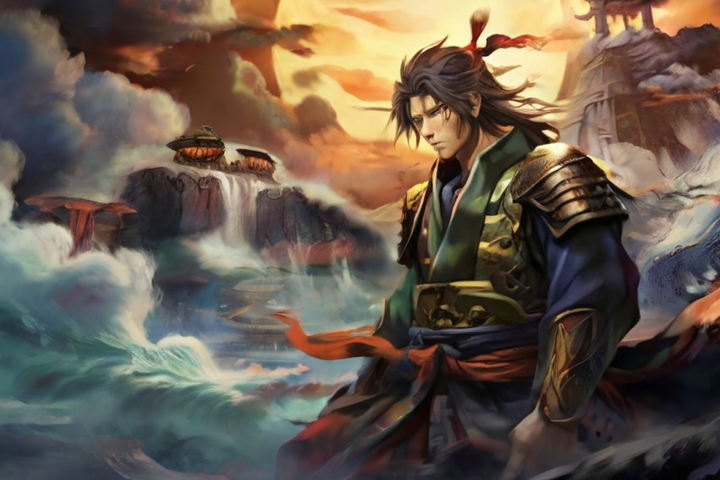
Yamato Takeru, a name that resonates with valor and heroism, is one of the most celebrated figures in Japanese mythology. Famous for his extraordinary courage and martial prowess, Yamato Takeru’s adventures are full with feats of bravery and strategic genius. His legend is not just a tale of battles and conquests; it’s a narrative that reflects the values of honor, duty, and the spirit of a warrior. Yamato Takeru, armed with the sacred sword Kusanagi, faced various supernatural challenges, displaying not only physical strength but also wit and intelligence. His story, often linked to historical figures and events, bridges the gap between myth and history, offering a glimpse into the ideals and aspirations of the Japanese warrior class. Yamato Takeru’s legacy continues to inspire, symbolizing the quintessential hero who rises against all odds.
05 – Fukurokuju: The God of Wisdom and Longevity
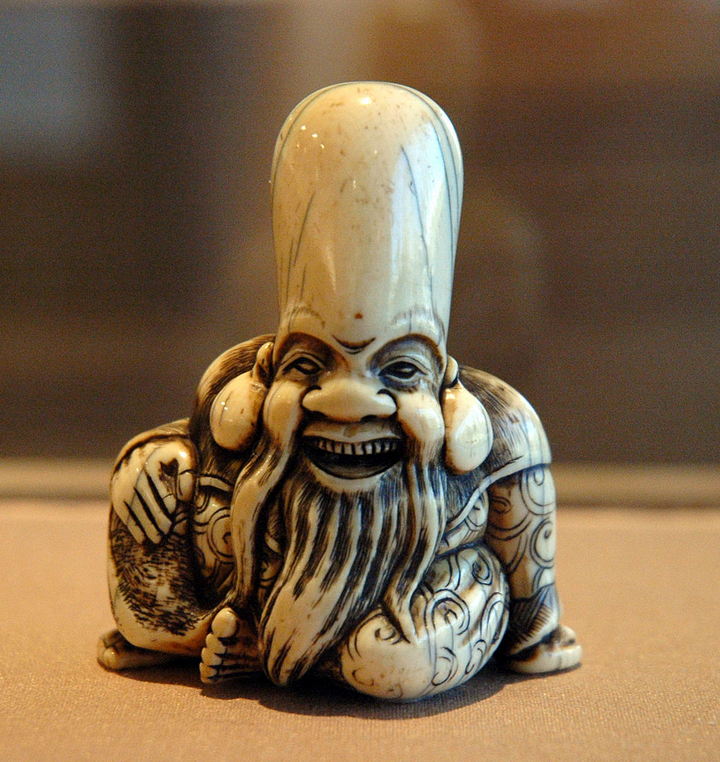
Fukurokuju, known as the God of Wisdom and Longevity, is a revered figure in Japanese mythology. His depiction as an elderly man with a long beard and a high forehead embodies the traditional respect for age and wisdom in Japanese culture. As one of the Seven Lucky Gods, Fukurokuju’s influence is deeply embedded in folklore and societal values. He isn’t just a symbol of longevity; he also represents the accumulation of knowledge and the richness of a life well-lived. In many tales, Fukurokuju is accompanied by a crane or a tortoise, both symbols of longevity in Japanese tradition. His presence in Japanese lore highlights the cultural emphasis on respecting the elderly and valuing the wisdom that comes with age.
04 – Hachiman: The God of War
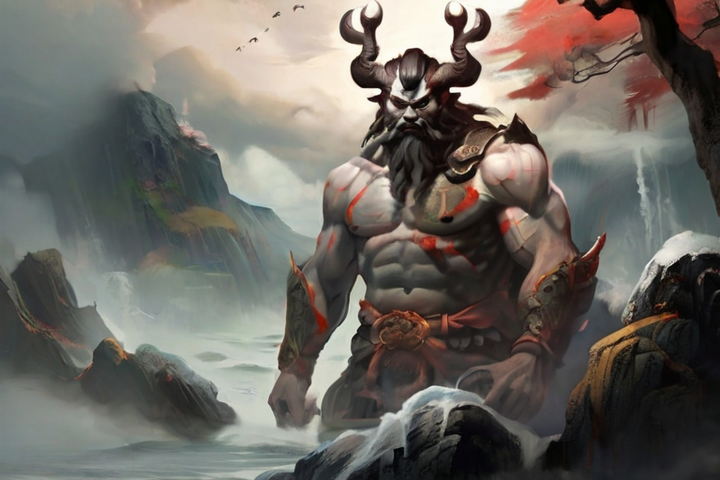
Embark on the journey of Hachiman, the formidable God of War, deeply honored by warriors and samurais. His status goes beyond that of a mere deity of combat. Hachiman is seen as a protector of Japan and its people. Revered across the country, with numerous shrines dedicated to him, Hachiman’s role in Japanese mythology is significant. He’s not just a war deity. He’s also regarded as a divine protector of Japan and its culture. This deep respect is evident in his title of ‘Yawata no Kami,’ manifesting the cultural value placed on martial prowess and the defense of the realm. Hachiman’s influence in Japanese history is profound, often invoked before battles and during times of conflict, symbolizing the warrior spirit and the pursuit of peace through strength.
03 – Benzaiten: The Goddess of Art and Knowledge
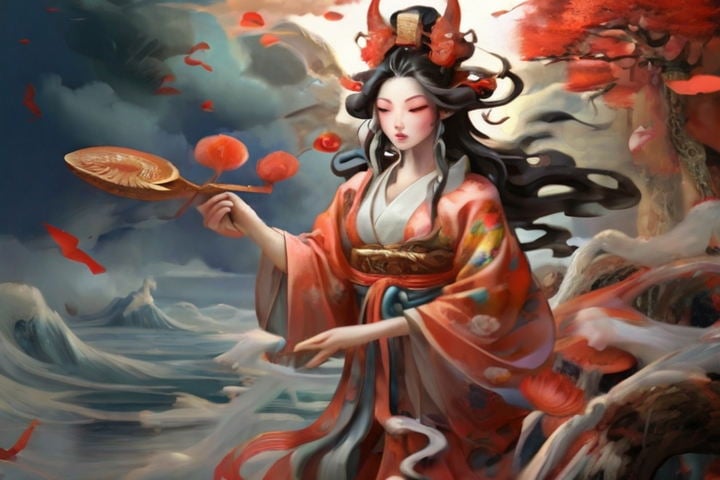
Explore the realm of Benzaiten, the enchanting Goddess of Art and Knowledge. As one of the Seven Lucky Gods, her influence in Japanese mythology is widespread, inspiring artists, musicians, and scholars. Benzaiten, often depicted with a biwa (a traditional Japanese lute), is not just a patron of the arts. She embodies the flowing, transformative power of water, often associated with creativity and expression. Her shrines, frequently located near water, are places of beauty and contemplation, reflecting her connection to the natural world. As a deity of eloquence and wisdom, Benzaiten’s role in Japanese lore underscores the value of artistic expression and intellectual pursuit, celebrating the harmony between nature, art, and learning.
02 – Momotaro: The Peach Boy
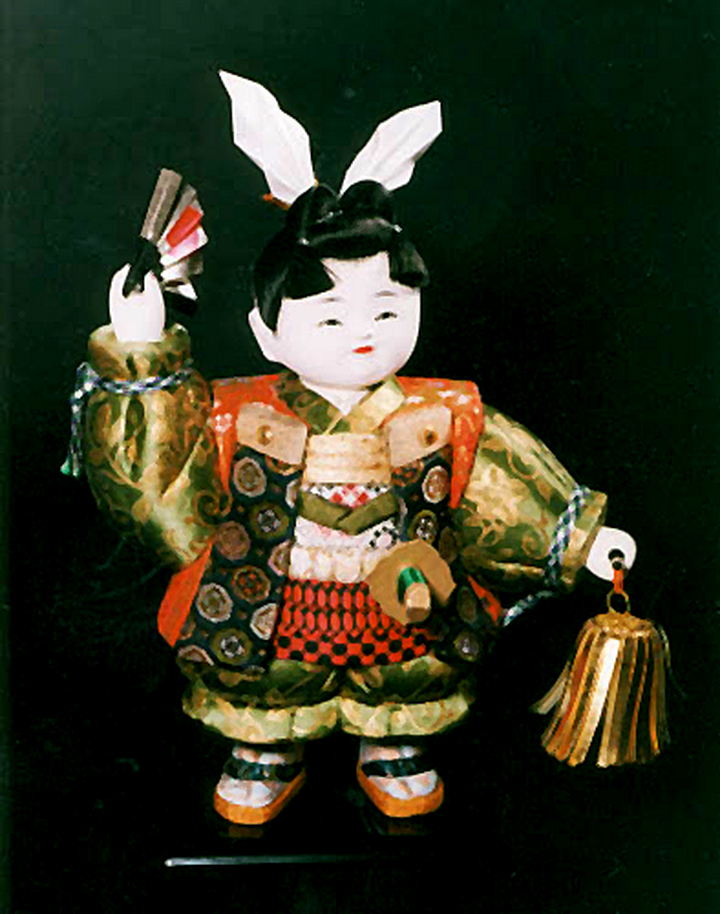
Momotaro, fondly known as the Peach Boy, is a beloved hero whose story is ingrained in Japanese folklore. Born from a giant peach, Momotaro’s tale is one of bravery, kindness, and adventure. His journey to defeat the oni (ogres) showcases his courage and the power of friendship, as he allies with a dog, a monkey, and a pheasant. This story, often told to children, is more than just an entertaining tale. It imparts lessons on cooperation, compassion, and the triumph of good over evil. Momotaro’s legacy in Japanese culture is vast, symbolizing the youthful spirit of valor and the enduring belief in righteousness and justice.
01 – Izanagi and Izanami: The Creators of the Japanese Archipelago
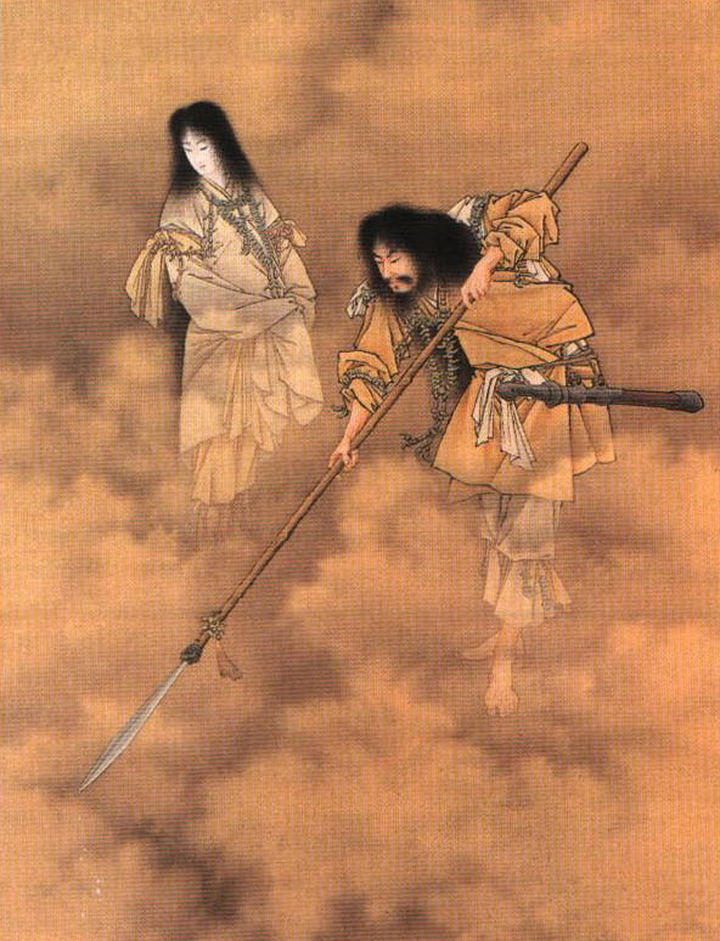
Izanagi and Izanami stand at the forefront of Japanese creation myths as the divine beings responsible for shaping the Japanese archipelago. Their story, originating from the “Kojiki” and “Nihon Shoki,” is fundamental to understanding the cosmogony of Japanese mythology. These central figures, through the act of stirring the ocean with a jeweled spear, created the islands of Japan, illustrating the profound connection between the gods and the natural landscape. The tale of Izanagi and Izanami is more than just a creation story. It reflects the intricate relationship between life, death, and rebirth, as seen in their journey through the realms of existence. Their narrative underlines the cyclical nature of life and the enduring presence of the divine in the everyday world, laying the foundation for many of the spiritual and cultural practices observed in Japan today.
Unveiling the Mystical: Yokai and Artifacts in Japanese Mythology
Japanese mythology, rich in its diversity of gods and heroes, also brims with an array of mythical creatures and legendary artifacts. These elements add depth and complexity to the tales, intertwining the mystical with the everyday.
Yokai: The Supernatural Beings
- Tengu: Often depicted as bird-like creatures, these spirits are famous for their protective yet mischievous nature.
- Kitsune: Fox spirits renowned for their intelligence and magical abilities, including shape-shifting.
- Oni: Traditional ogres or demons, often portrayed as fearsome beings to be overcome by heroes.
- Yūrei: Ghostly figures representing spirits of the departed, linked with tragic tales and hauntings.
- Kappa: Amphibian-like creatures inhabiting rivers, known for both their malevolent and benevolent actions.
These entities, ranging from the benevolent to the maleficent, represent the diverse and colorful nature of Japanese folklore. They not only enrich the mythological tapestry but also reflect the cultural values and fears of ancient Japan.
Legendary Artifacts of Power and Significance
- The Kusanagi Sword: A divine sword representing valor and heroism, central to numerous heroic tales.
- The Yata no Kagami: A sacred mirror, symbolizing truth and wisdom.
- The Yasakani no Magatama: A jewel of great power, often associated with the royal family.
- The Totsuka no Tsurugi: A legendary sword wielded by gods, embodying the triumph over adversaries.
These artifacts are not mere objects; they are imbued with deep symbolism and power. They play pivotal roles in the stories of gods and heroes. And often representing key themes like bravery, wisdom, and the divine right to rule.
The lore of yokai and these sacred artifacts provides a deeper understanding of the mystical aspects of Japanese mythology. They offer a glimpse into the ancient Japanese worldview, where the boundaries between the natural and the supernatural were fluid, and where every object and creature had its own spirit and significance.
Conclusion: The Timeless Echo of Japanese Mythological Heroes
As we conclude our exploration of Japanese mythology and its most iconic heroes, it’s clear that these tales are much more than ancient lore. They are vibrant threads woven into the cultural fabric of Japan, echoing values, beliefs, and traditions that have shaped Japanese identity for centuries. From Amaterasu’s radiant authority to Momotaro’s adventurous spirit, each hero brings a unique facet to the rich mosaic of Japanese folklore.
The stories of these deities and legendary figures, such as Susanoo and Izanagi and Izanami, are not just remnants of the past. They continue to influence modern Japan, shaping its arts, literature, and even daily life. These mythological characters provide a window into the Japanese psyche, revealing a deep reverence for nature, a strong sense of duty, and an enduring quest for harmony.
Furthermore, the legacy of these heroes extends beyond Japanese shores, captivating audiences worldwide. Their tales are a testament to the universal appeal of mythology and its ability to transcend cultural boundaries. The heroes of Japanese mythology, with their rich symbolism and compelling narratives, offer timeless lessons of courage, wisdom, and perseverance.
In today’s world, where myths are often lost in the hustle of modern life, the stories of Japanese mythological heroes stand as beacons of inspiration. They remind us of the power of storytelling and its role in understanding our history, culture, and ourselves. As we move forward, these legendary figures continue to inspire, educate, and enchant, proving that myths, though ancient, are ever-relevant and enduring.


